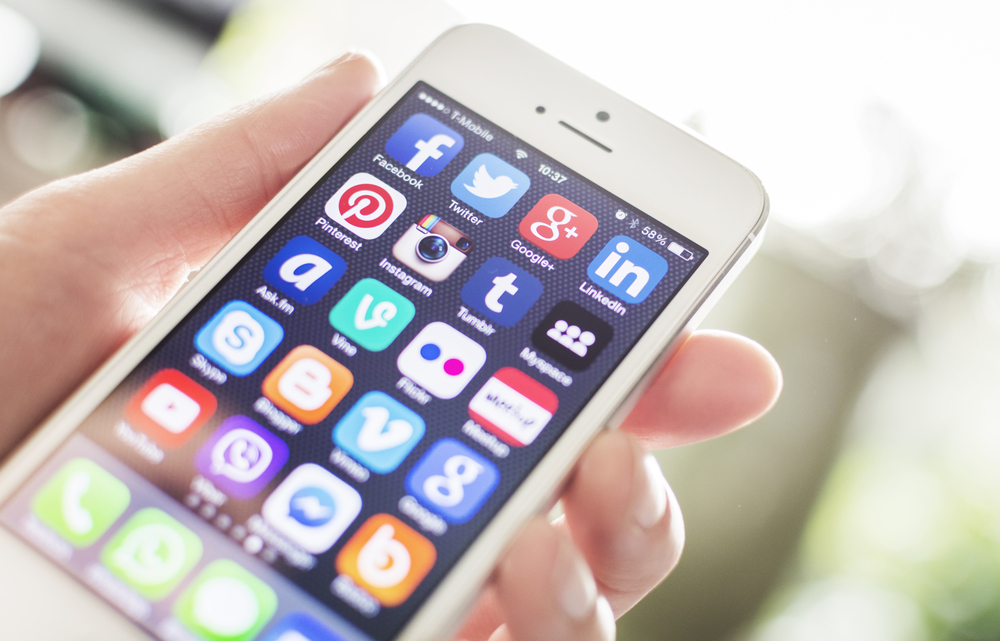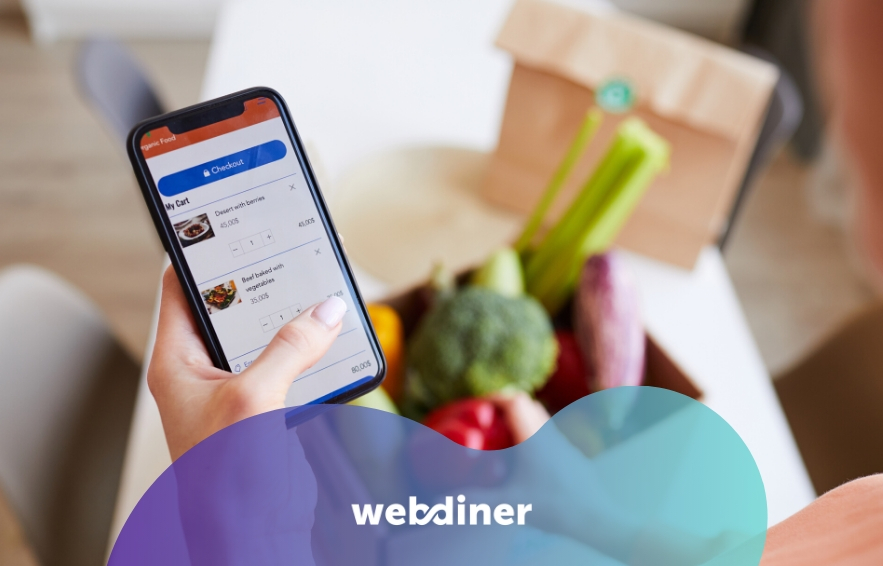Originally, we started this article with some thoughts on how often our normal everyday lives were disrupted this year. And how this year feels so particularly unpredictable.
We rewrote that because it is now difficult to talk about the disruption of normal everyday life. In the last month or so, a lot of people’s perception of what is “normal” for some people changed drastically. We saw people from all over the world and walks of life better understand the struggle of everyday life.
More than two weeks have passed since #BlackOutTuesday. And while the world is still discussing the impact of the Black Lives Matter movement, there seems to be, bit by bit, a return to normality. Hopefully, one truly compassionate and fair normal for everyone. And this return to normality is a difficult thing to balance for everyone, both on a personal and a professional level.
The Timeline
George Floyd passed away on May 25th. Protests started the day after. They intensified in the next couple of days until the topic controlled all kinds of media – including social. Brands started going silent by May 28th. By May 30th, 14 out of the 25 biggest brands on Twitter had gone silent. Between May 30th and June 6th, 18 out of the same brands had explicitly acknowledged the situation, in most cases issuing a statement.
Armani, for example, posted a black square on June 2nd. The next post was on June 10th, where it celebrated Mr. Armani’s Fashion Dressed for Peace Award 2020. Without any explicit mention of the Black Lives Matter movement.
Calvin Klein stopped posting on May 29th. Earlier in the month, the brand had posted in support of the LGBTQ+ community. The timing of the protests created an interesting challenge for many brands. The start of Pride Month (June) was largely overshadowed by the BLM protests all over the world. Many brands only broke the silence to celebrate Pride Month.
If we disregard the posts directly related to Black Lives Matter, all the top 25 brands on Twitter went silent for at least a week. Their strategies differ. For some, it was par for the course. For others, like Playstation, which posts many times a day, it was a huge difference.
It is About how Many Times you Post and About What you Post
But frequency wasn’t the only change. From the moment that the pandemic gained worldwide attention, businesses have also shifted towards more positive posts. Talkwalker compared the sentiment of the tweets coming from Wendy’s, Chick-Fil-A, and KFC. They divided two periods between January-February, and between March-April. Wendy’s, whose Marketing department has gained traction through its biting remarks, shifted from 78% negative sentiment tweets, to 62% positive sentiment ones. The same could be seen across the board. And it makes sense. We need optimism. What was once a funny biting remark may now seem like it is just too much.
All this to say that we are also figuring out what is the right way to go about this. As it has been said countless times in earning reports, opinion articles, and about everywhere else, these are indeed unprecedented times.
What is Next
As the fight continues, Webdiner will start shifting away from focusing specifically on Black Lives Matter and COVID-19 related topics in our articles. Both of these fights will continue. Webdiner will continue to support black-owned businesses. And we will continue supporting restaurants dealing with the pandemic. For this new normal, Webdiner is committed to continuing to listen and learn how to better support change. Regarding the blog, this transition will start by providing updates on how brands are going back to their new normal.
Versace has gone back to normal as of June 14th. Dolce & Gabbana got back to posting on June 10th. Gucci started posting again on June 7th, although with a clear emphasis on the environment and sustainability. Netflix has given special attention to “Black Stories”, although it has largely connected it with Spike Lee’s newest movie “Da 5 Bloods”.
In the coming posts, we will explore these intricacies of our time in the context of digital and restaurant marketing.
To end this article, we are linking a few lists of Black-Owned Businesses:
And here’s an extremely valuable read on Eater to complete the lists above:



